Stainless steel tawas are made to transfer heat quickly and evenly across the cooking area. A premium stainless steel tawa by Meyer is usually made of high-quality and nickel free stainless steel that is strong, doesn't rust, and is easy to clean.
Stainless steel tawas come in various sizes and thicknesses to suit different cooking needs. They usually have a flat, smooth cooking surface with slightly raised edges to prevent spills and retain heat.
One benefit of premium stainless steel tawa, such as Meyer Trivantage Flat Tawa ,is that it is multipurpose. You can use it on gas, electric, or induction cooktops. A stainless steel tawa by Meyer Trivantage can be used for more than just making flatbreads. For example, it can be used to stir-fry veggies, sear meat, make pancakes, and more.
Table of Contents
What Is A Stainless Steel Tawa?
A stainless steel tawa is a cooking utensil or griddle used in Indian cuisine. It is a flat, circular-shaped pan made of stainless steel. The term "tawa" refers to a traditional Indian cooking surface, often used for preparing rotis, dosas, and parathas.
A stainless steel tawa is known for being strong, easy to clean, resistant to stains and scratches, and long-lasting. It is a popular and highly used cookware in many Indian homes because a stainless steel tawa works well and lasts a long time.
Is Stainless Steel Tawa Better Than Other Tawas?
Whether stainless steel is better than other types of tawas depends on various factors and personal preferences. Below mentioned are more details:
Advantages of Stainless Steel Tawas:
- Durability: Stainless steel tawas are highly durable and resistant to corrosion, making them long-lasting and suitable for everyday use.
- Heat Conduction: Stainless steel offers good heat conduction, allowing for even cooking across the surface of the tawa.
- Versatility: Stainless steel tawas can be used on gas stoves, electric stoves, and induction cooktops, making them versatile in terms of compatibility.
- Hygienic: Stainless steel doesn't absorb flavours, smells, or bacteria because it doesn't have pores and doesn't respond to anything. This makes it a good choice for cooking because it's clean.
- Easy to Clean: Stainless steel is relatively easy to clean and maintain. Food residue and stains can be easily removed with gentle scrubbing.
Disadvantages of Stainless Steel Tawas:
- Heat Retention: Stainless steel tawas may not retain heat as well as materials like cast iron, which can affect the cooking process.
- Uneven Heating: Unless the stainless steel tawa has a layered or encapsulated base, it may not distribute heat as evenly as other materials, resulting in potential hotspots and uneven cooking.
However, Meyer Trivantage Stainless Steel Flat Tawa eliminates this deficiency with its brilliant design. This stainless steel tawa has a core of quick and even heating Aluminium sandwiched between 2 layers of 100% safe non-toxic food grade Stainless Steel on one side and induction compatible, magnetic Stainless Steel on the other. The three layers of different materials gives it extra strength and durability.
Is Stainless Steel Tawa More Hygienic?
Yes, stainless steel tawas are considered hygienic for cooking. Here's why:
Non-Porous Surface: Stainless steel has a non-porous surface, which means it does not have microscopic pores or cracks that can trap food particles, flavors, or odors. This makes it easier to clean and helps prevent the growth of bacteria or other harmful microorganisms.
Resistance to Corrosion: A stainless steel tawa is highly resistant to corrosion, rust, and staining. This property ensures that the tawa remains clean and free from any degradation that could impact its hygiene.
Non-Reactive: Stainless steel doesn't mix with alkaline or acidic ingredients that are often used in cooking. This keeps the flavours of your food from changing and stops any chemical processes that you don't want to happen.
Easy to Clean: Stainless steel tawas are relatively easy to clean, making it convenient to maintain their hygiene. Food residue and stains can be easily removed with gentle scrubbing, and the non-porous surface helps prevent the buildup of bacteria.
Is Stainless Steel Tawa More Durable?
Stainless steel tawa is known for their durability. Here are some reasons why stainless steel tawa is considered to be more durable:
Corrosion Resistance: Stainless steel is highly resistant to corrosion and rust. This property helps prevent the tawa from deteriorating over time, even with regular use and exposure to moisture.
Longevity: A stainless steel tawa has been designed to last long . With the right care and upkeep, it can stand up to prolonged usage without warping, breaking, or getting worse.
Impact Resistance: Stainless steel is generally more resistant to impacts and physical damage compared to other materials. This makes stainless steel tawas less prone to denting or bending with normal use.
High-Temperature Tolerance: A stainless steel tawa can handle high temperatures without getting brittle or bending. This means that stainless steel tawas can be used for many kinds of cooking, even those that require high heat.
Easy Maintenance: Stainless steel tawas are relatively easy to clean and maintain. They do not require any special seasoning or intricate care routines, which contributes to their overall durability.
Precautions To Take With A Stainless Steel Tawa:
While stainless steel tawa is versatile and durable, there are a few things to keep in mind to avoid potential issues when cooking with them:
Overheating: Avoid overheating the stainless steel tawa. Excessive heat can cause the tawa to warp or discolor. It's best to cook on medium to medium-high heat and avoid using the highest heat setting.
Preheating: Do not heat an empty stainless steel tawa for an extended period. Preheat the tawa for a few minutes on medium heat before adding oil or food. This helps in even heat distribution and prevents the tawa from overheating.
Cold Food on a Hot Tawa: Avoid placing cold or frozen food directly onto a hot stainless steel tawa. Rapid temperature changes can cause the food to stick or cause the tawa to warp. Allow the food to thaw or reach room temperature before cooking.
Harsh Abrasives: Avoid using harsh abrasive cleaners, steel wool, or metal scouring pads on the stainless steel tawa. These can scratch or damage the surface of the tawa. Instead, use gentle scrubbers or non-abrasive cleaning tools to maintain the tawa's appearance.
Acidic Foods: While stainless steel is generally non-reactive, prolonged exposure to acidic foods like tomatoes or citrus fruits can cause discoloration or a metallic taste. If cooking with acidic ingredients, it's best to use a stainless steel tawa with a non-reactive or non-stick coating.
Conclusion:
It's important to note that the durability of a stainless steel tawa can vary depending on the quality of the stainless steel used. Higher-quality stainless steel tawas, such as Meyer Trivantage Stainless Steel Flat Tawa, which are made with better grades of steel, tend to be more durable and resistant to wear and tear.
Overall, stainless steel tawas are renowned for their durability. They are made to be used often, prevent corrosion, and keep working well for a long time. This makes stainless steel tawas a popular choice among home chefs in India.

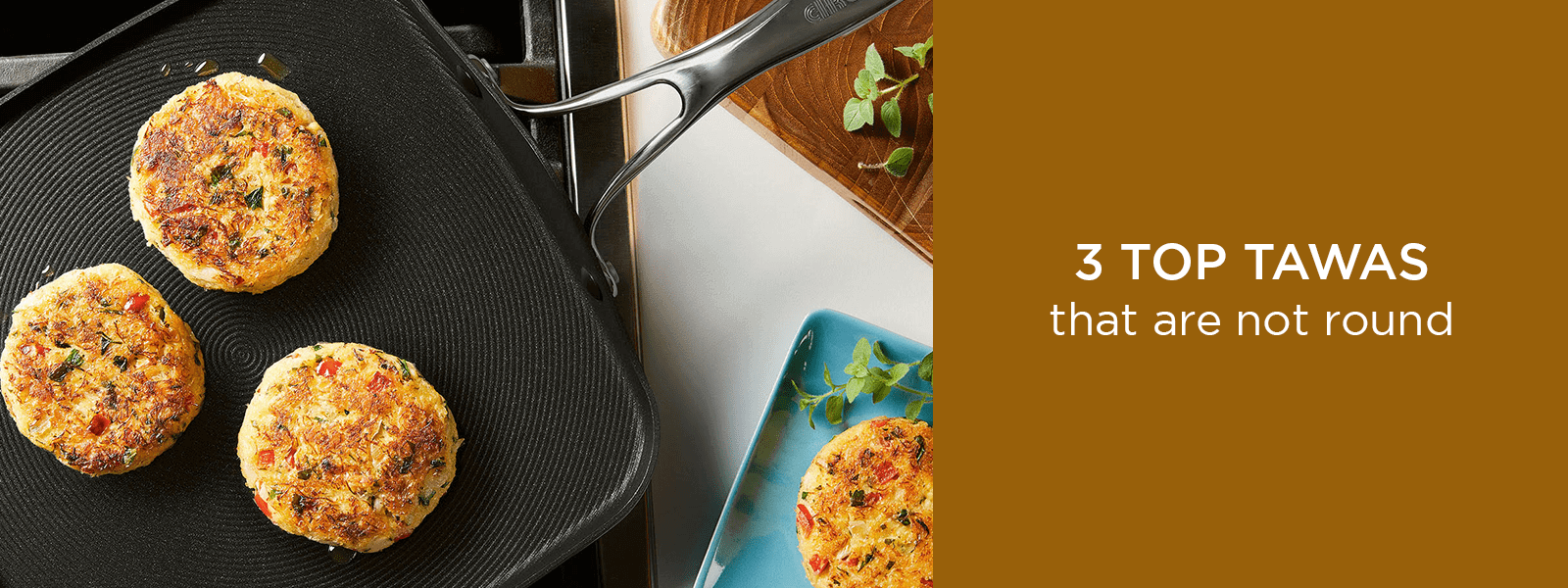
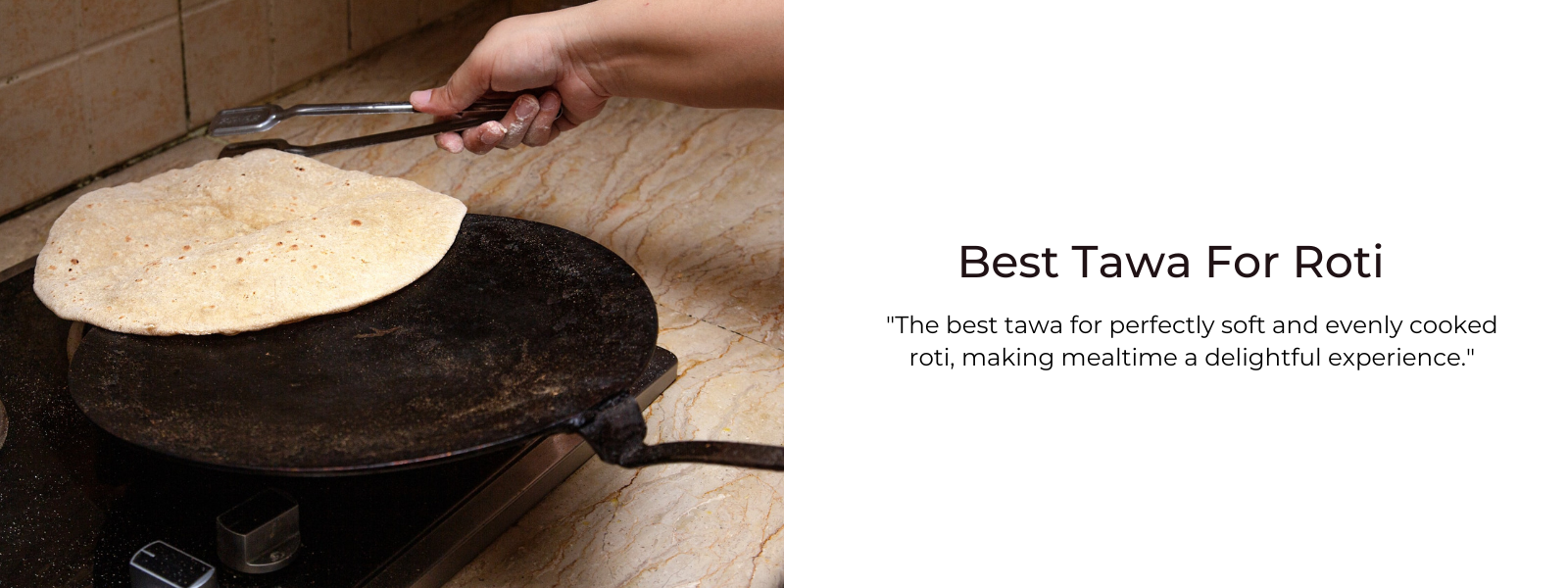
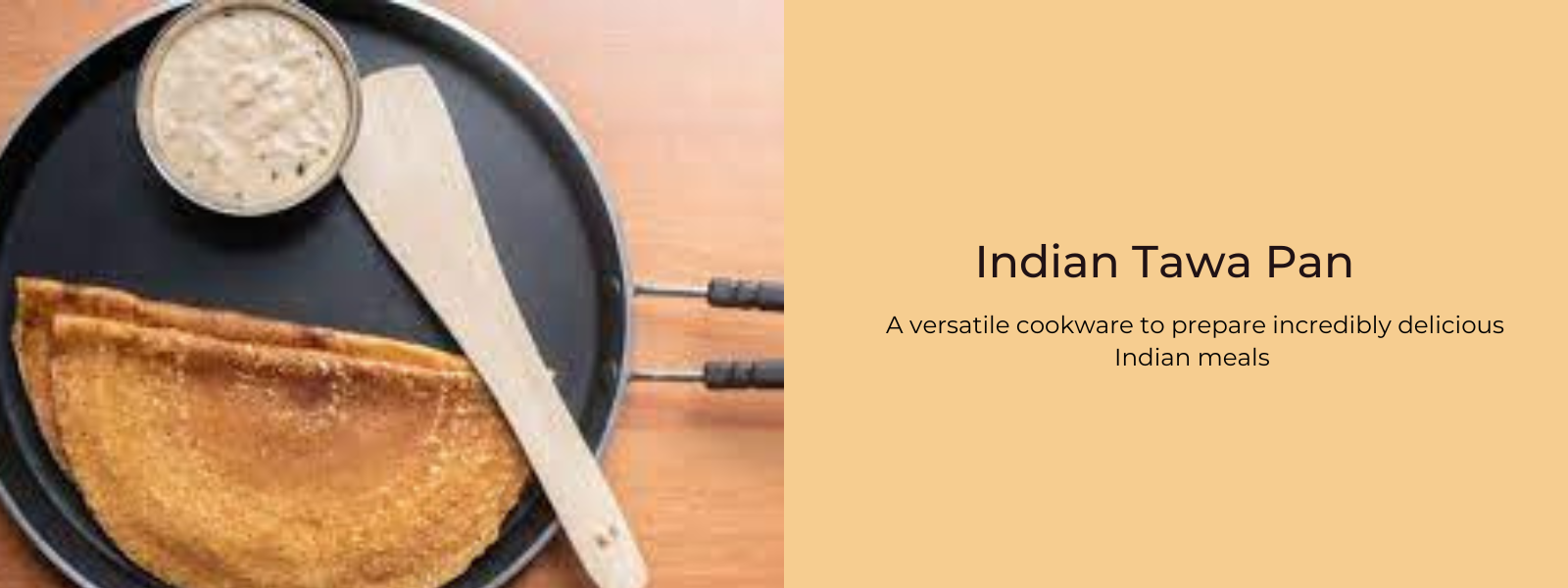
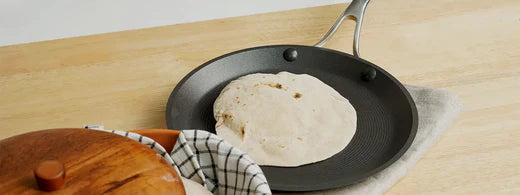
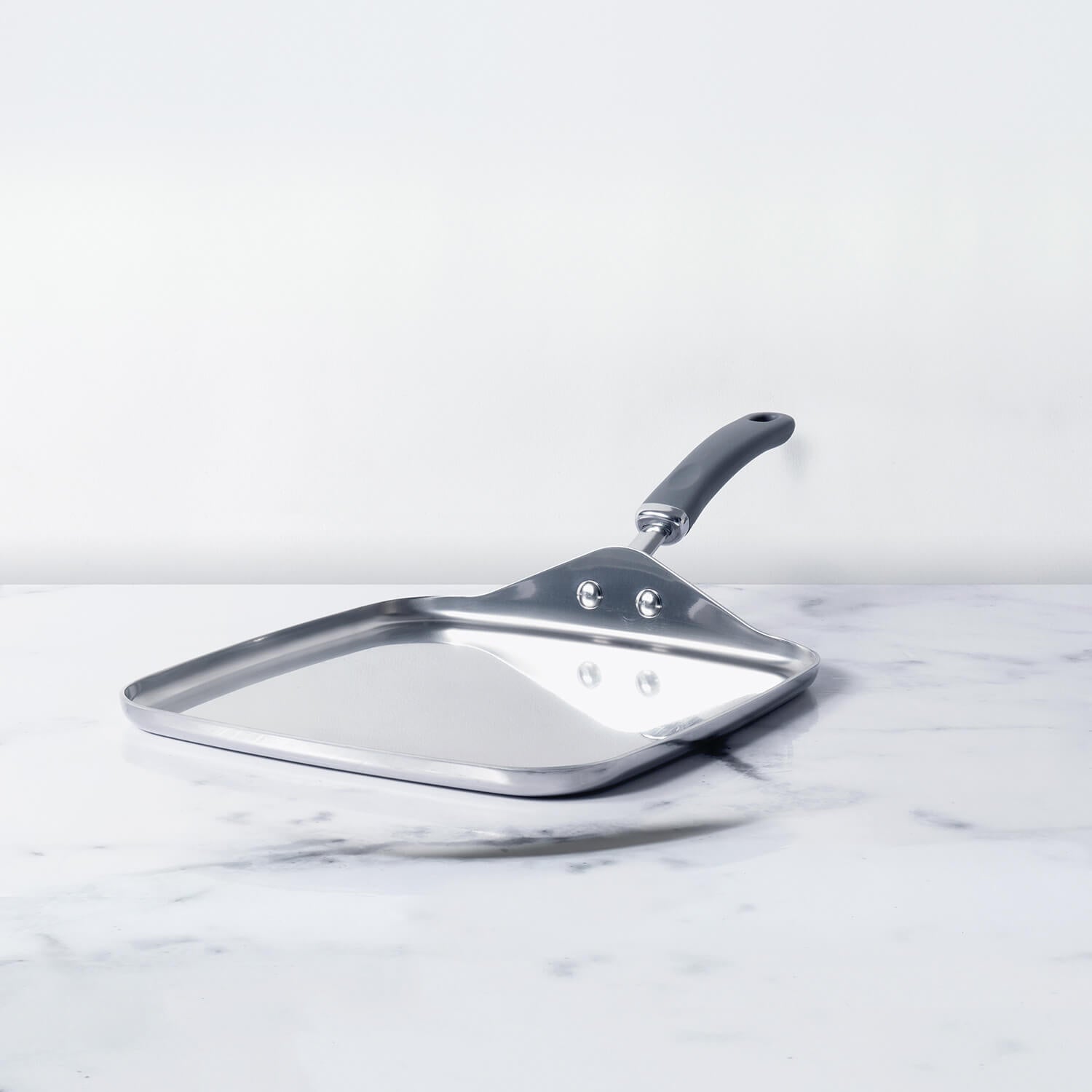
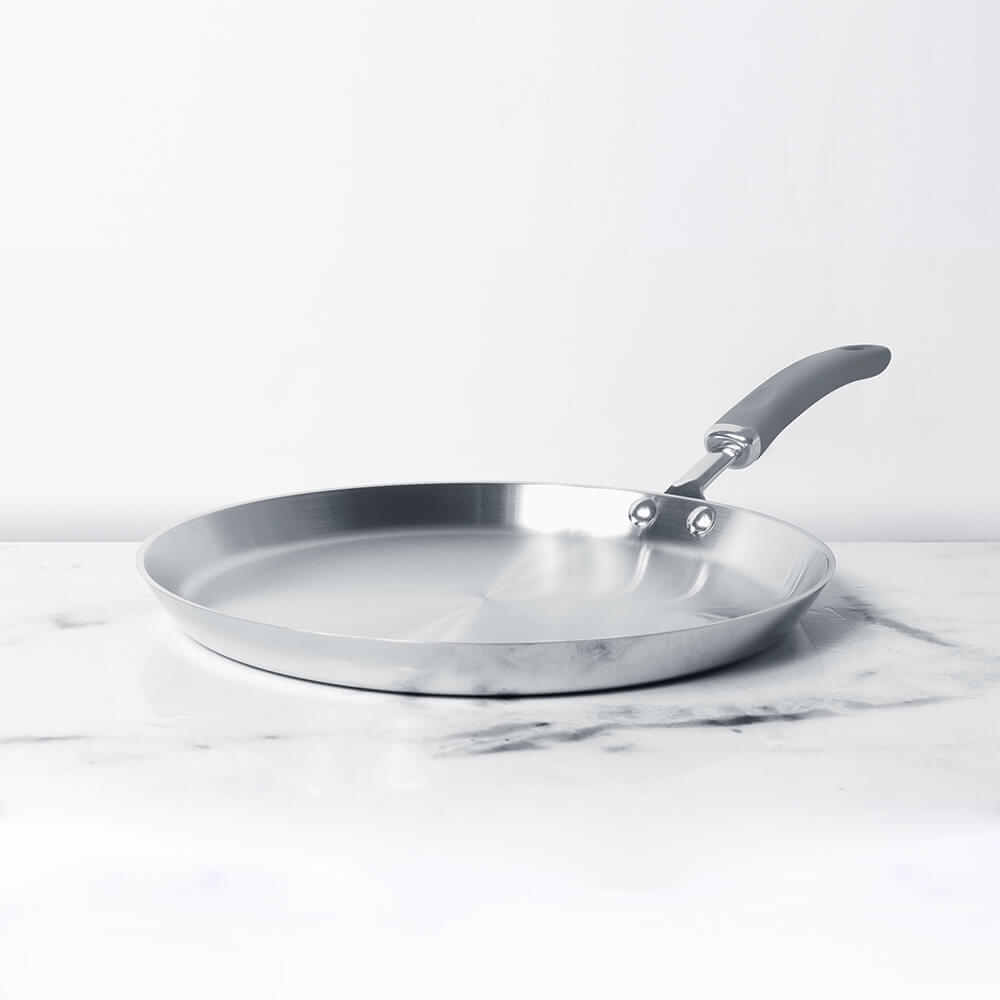




Leave a comment